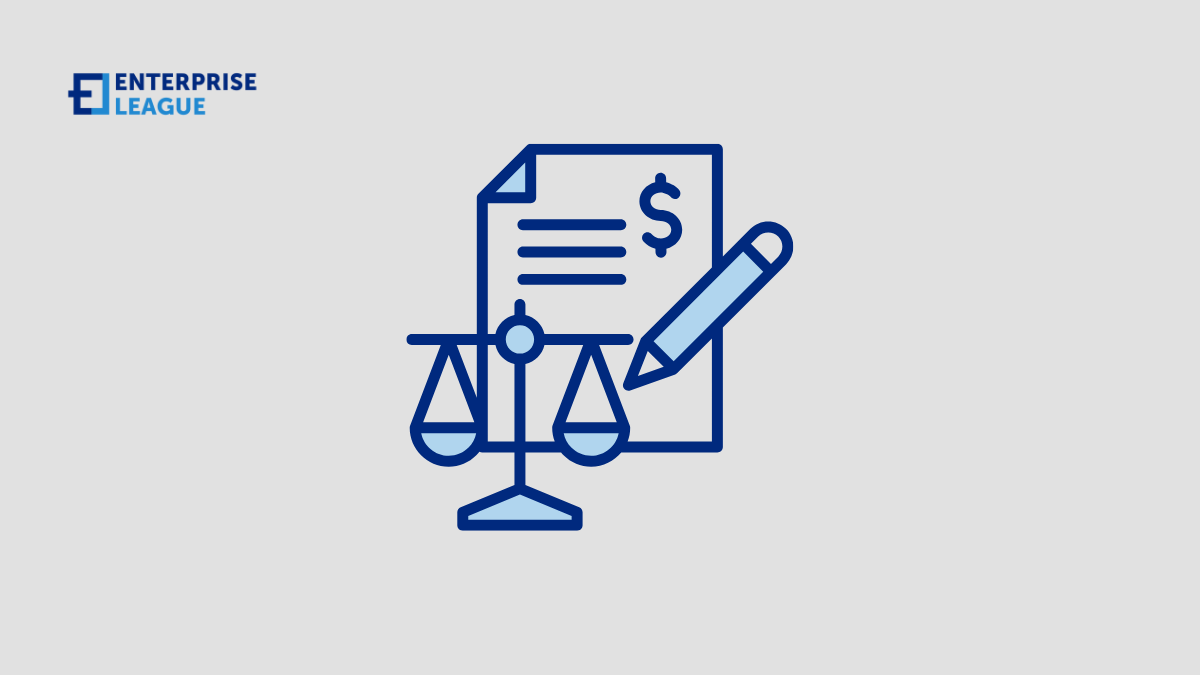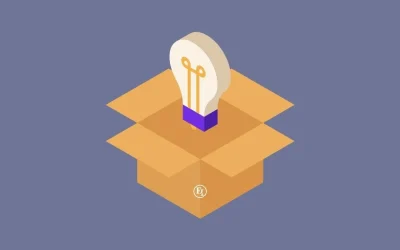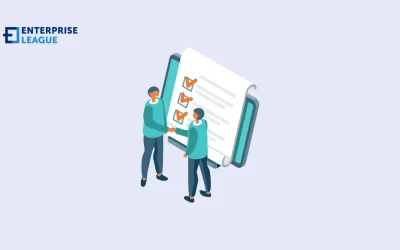Striving for efficiency and simplicity in financial processes is crucial for every business. One area that often seems complex and overwhelming is balance sheet reconciliation. Yet, it doesn’t need to be so intimidating!
By applying a handful of practical, straightforward strategies, you’ll glide through the process smoothly and precisely.
7 steps for simplifying your balance sheet reconciliation process
We’re focusing on key guidelines to streamline your balance sheet reconciliation – transforming a potentially challenging chore into a coherent and productive task.
Firm up the basics
Diving headfirst into balance sheet reconciliation without a proper understanding can lead to unnecessary complications. Your first task should involve familiarizing yourself with the key elements of the reconciliation process.
This includes identifying all accounts present in your balance sheet and ensuring all transactions are correctly recorded. Furthermore, you have to confirm these entries against hard-copy documents like bank statements and invoices.
Accurately recognizing all entries in both debit and credit columns is a foundational step. It’s like building a solid base before constructing the rest of your house — not only essential but also enabling smoother progress as you move further into the process.
Divide and conquer balance sheet tasks
Balance sheet reconciliation is usually a team task. Working as a lone ranger often culminates in stress and oversights. Therefore, wisdom lies in delegation — dividing the work among competent team members based on their strengths. Here’s how you could organize it:
- Assign someone to match each transaction with its corresponding entry.
- A different person could verify all transactions have been finalized and are not pending.
- Entrust another colleague to cross-check entries against bank statements and invoices.
This structured delegation optimizes productivity while reducing the margin of error, offering a clear way to simplify the balance sheet reconciliation process. Moreover, it embodies a ‘checks and balances’ mechanism promoting accuracy.
Use tools to your advantage
Technology is changing the financial industry, meaning there’s no need to cling to manual methods for balance sheet reconciliation. There are numerous accounting software and applications available that not only speed up the process but also reduce the likelihood of human error.
They can automate tasks like transaction matching, tracking account balances, and generating reports. By integrating such tools into your process, you’re shoring up efficiency while providing a far-reaching overview for better analysis and decision-making.
Remember though: Tech tools are aids, not replacements — you still need to understand the process thoroughly.
Stay organized
Keeping things organized is a critical aspect of simplifying the reconciliation process. Any disorder can make an already complex procedure even more muddled. Here are some organizational strategies:
- Consistent reporting: Implement a standard format for all reports. This makes it easy to locate, compare, and analyze data.
- Coherent filing: Keep hard copy documents like bill receipts and bank statements systematically filed for easy reference.
- Clear labeling: Label accounts clearly—especially if you have several under the same category. For example, you might label different expense accounts as ‘Office Supplies – January,’ ‘Office Supplies – February,’ etc.
By maintaining order in your processes, you reduce time spent searching or sorting and increase efficiency overall.
Master time management
In balance sheet reconciliation, time is as valuable as accuracy. Delayed reconciliations could potentially snowball into bigger issues like financial reporting errors, not to mention regulatory noncompliance penalties.
Start by setting a comprehensive timeline – an overall deadline for the entire process, along with mini-deadlines for each step. This takes into account tasks such as closing sub-ledgers, conducting intercompany reconciliations, and compiling final reports.
Remember that certain steps like bank reconciliation should be performed more frequently – consider weekly or biweekly timelines for these tasks. Incorporating a well-structured schedule can considerably simplify the balancing process and help you achieve maximum productivity.
Avoid oversights
Missing even a minor detail can throw off your balance sheet. Focusing on the finer details, such as small transactions or an anomaly in account activity, can prevent issues later on. Here are a few tips to help:
- Adopt an eagle-eyed approach: Leave no transaction unscrutinized—every penny matters.
- Understand each transaction and its impact: Keep tabs on why a transaction happened and how it affects your financial standing.
- Regularly review reports: Weekly or monthly reviews of accounting reports will keep you updated about the financial health of the business.
By cultivating this approach, you decrease not only errors but also efforts needed for corrective actions – making your balance sheet reconciliation process much simpler and more efficient.
Embrace continuous improvement
Making your balance sheet reconciliation process less complicated is not a one-time affair—it’s an ongoing endeavor. This involves continuous refinement based on regular reviews and updates.
Analyze each reconciliation cycle for potential improvements; you might discover more efficient ways of working or identify recurring errors that need addressing. Remember, the financial world changes frequently—so should your reconciliation process.
Stay open-minded towards novel methods, evolving technology, different organizational ideas, etcetera. By embracing steady enhancements, you ensure your methodology stays relevant and continues to simplify balance sheet reconciliation over time.
Conclusion
Simplifying the balance sheet reconciliation process does not mean cutting corners or compromising accuracy. Instead, it’s about making a necessary task less daunting and more efficient through strategic steps such as embracing technology, meticulous organization, and timely management.
As you apply these tactics and develop your own rhythm, you’ll find that reconciliation becomes less of a chore—and perhaps even empowering—as you effectively navigate this essential aspect of your financial journey.
More must-read stories from Enterprise League:
- Why hiring millennials might be the best decision you can ever make.
- Unique ways to show your employees you care about them.
- The only list of novels for entrepreneurs that you will ever need.
- Find out how to get more customers for your business in a unquie way.
Related Articles
10 business tips for beginners to help you build a healthy brand
Starting a business can be quite the challenge especially if you’re all new to entrepreneurship. These business tips for beginners will help you set off on the right foot.
SEO writing: Five foolproof tips to secure you the first page
When it comes to SEO writing it’s more guessing and less evidence about what works and what doesn’t. Luckily, we know what can really help you reach the first page.
How to onboard a new employee: Tips for quick integration
Your guide to smoother employee onboarding where you will find practical strategies that help new hires feel welcome and become productive team members faster.
10 business tips for beginners to help you build a healthy brand
Starting a business can be quite the challenge especially if you’re all new to entrepreneurship. These business tips for beginners will help you set off on the right foot.
SEO writing: Five foolproof tips to secure you the first page
When it comes to SEO writing it’s more guessing and less evidence about what works and what doesn’t. Luckily, we know what can really help you reach the first page.






